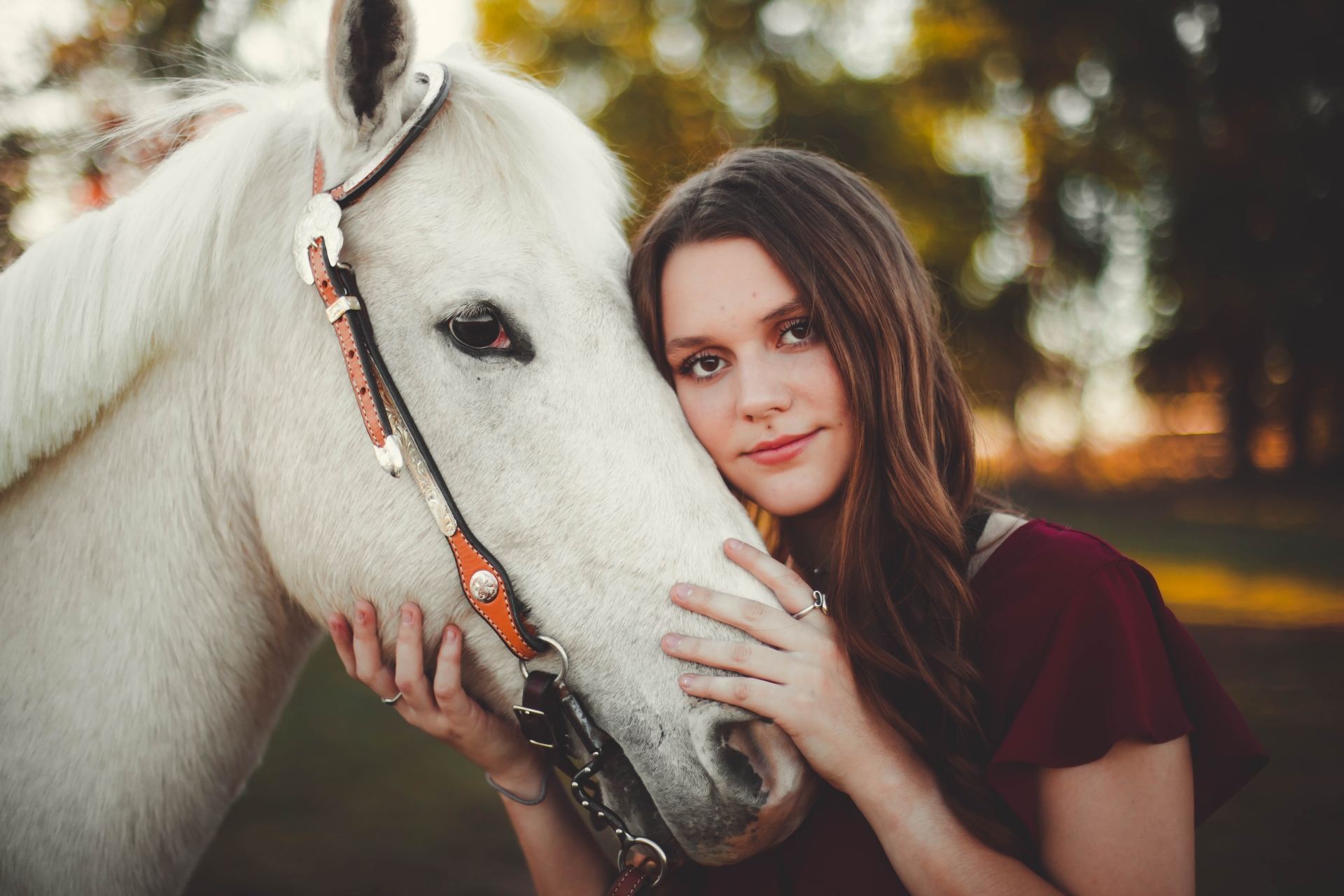Horse Whisperer: How To Understand What Your Horse Is Telling You

Horse Whisperer: How To Understand What Your Horse Is Telling You
Ongoing studies are looking into how to objectively assess pain in horses with the goal of improving pain scoring systems and facilitating improvements in equine healthcare. Interpreting horse behavior continues to be the best way for owners to know when an animal is sick. So how can we better understand and read horses’ behavior to know when they’re asking for help?
Physical Communication
When we’re riding horses, we’re in constant physical communication with them with our arms and legs. The horse in this situation, however, has little opportunity to reciprocate communication. For this reason, it’s important to observe changes in behavior when you’re tacking up: if your horse seems to want to avoid being caught, becomes restless while you’re preparing for a ride, or fiddles with the bit, it may be trying to tell you that it’s in pain or remembers that a ride will cause discomfort. During a ride, watch out for less energetic movement than usual or reluctance to approach hills (this could be a sign of pain in the hindquarters).
Be wary, too, of the horse stretching – they may be trying to signal that their back muscles are sore. If the horse stands with one of its front legs pointed ahead of the other with most of its weight on the other legs, they could be telling you that their feet are sore. Legs bunched together, meanwhile, could be a sign of back pain. The Omega 3 and Omega 9 in SeaBuck 7 Equine will help prevent joint pain and maintain good hock health, which will reduce the chance of your horse needing to communicate this kind of pain to you during or preceeding a ride.
Facial Expressions
Horses are highly social and communicate with other horses in a herd environment, recognizing facial expressions, body language and vocalizations. This primes them well for communicating with humans. Just as the best psychic can read spiritual energy, a horse can interpret the energy you give off during a ride, and interpret your body language and facial expressions in an interaction in the same way that a skilled psychic reader can. Experiments conducted by Amy V. Smith, a researcher of communication and cognition in horses, found that horses were able to understand human facial expressions in photos: their heart rates increased and they stared at the image with their left eye, which is a sign of them processing negative stimuli.
Because horses have similar facial expressions to humans, you can return this understanding to the horse by paying attention to what it’s telling you with its eyes and mouth. If your horse is grinding its teeth or staring downwards towards its belly, it could be trying to tell you it’s experiencing pain or discomfort. If you’re not making eye contact with the horse, it may try to get your attention with a nudge: pay attention to its facial expression and look for signs of discomfort. If it wants something specific – like food – it may gesture with its eyes or its whole head to get you to understand. Applying psychic techniques to read your horse’s expressions will enable you to become as familiar with their communications as they are with yours.
Vocal Communication
Learning to understand the differences in your horse’s whinnies can help you understand them. The frequency and length of a vocal noise changes according to the kind of emotion a horse is experiencing. More studies need to be done to determine what specific whinnies signify, but simply knowing your horse will help you understand if it is trying to tell you something vocally. Unusual amounts of noise or vocalizations that are different to the sounds your horse usually makes could be a sign that something is wrong.
There is a deep bond between humans and horses, and we can use this to help us understand when our animals are in pain. Your horse understands you: it reads your energy, your body language, and your facial expressions. Learning how to interpret the same clues in your horse will help you determine its physical and emotional state.

